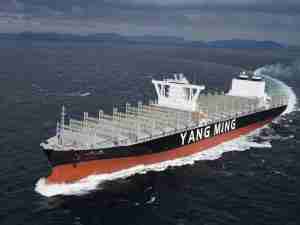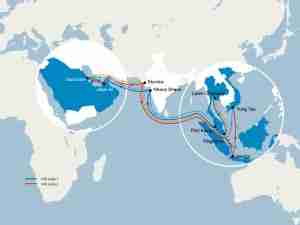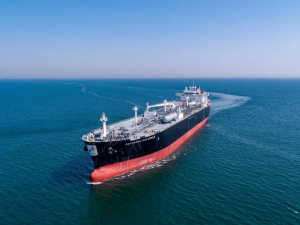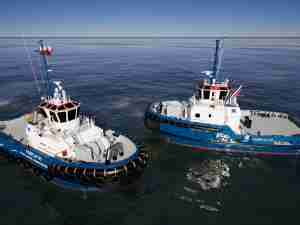The BDI index has surged 46 percent over the last month, closing on Friday at 1,838 points, its highest level so far this year, supported by strong iron ore and coal demand in China and Japan.
But Khalid Hashim, managing director of Thai-listed Precious Shipping , told an industry conference he saw the BDI falling to as low as 1,000 points due to more ships taking to the seas.
"With China steel making increasing and the tsunami-related impact in Japan, demand has gone up," said Hashim, whose company more than 40 dry bulk vessels.
"This is very temporary and will not last. You might find by the end of the year the BDI has gone down to the 1,000 to 1,200 mark."
Before the BDI's recent rally, freight rates were struggling to recover from two-year lows hit in February, pressured by a growing ship glut.
The dry bulk fleet, responsible for shipping iron ore, coal and other commodities, was expected to grow 13 percent this year to top a record 600 million deadweight tonnes despite demand rising by just 5 to 8 percent, analysts said.
Overzealous shipowners went on a buying spree before the economic downturn two years ago and those vessels are only now arriving from the shipyards.
"We just have to chop and eat our way through the orderbook," said Peter Lund, commercial director for Ship Finance International.
A similar situation is playing out in the crude oil tanker market, with fleet expansion expected at 9 percent this year compared to demand growth of between 1-2 percent.
Bengt Hermelin, chief executive of Samco Shipholding, predicted the downturn in the tanker market could last as long as two years. (Reuters)












